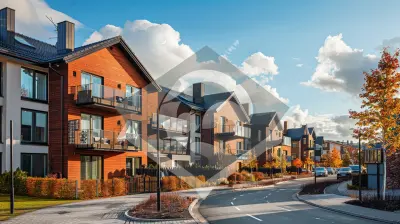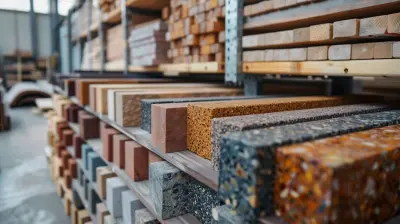How Advanced Insulation Materials Can Boost Energy Efficiency
10 August 2025
When it comes to making a home or building more energy-efficient, most people think about upgrading appliances, installing solar panels, or switching to LED lighting. But did you know that one of the most effective ways to cut down energy consumption is by improving insulation?
With advanced insulation materials, homeowners and businesses can reduce energy waste, lower costs, and create a more comfortable indoor environment. In this article, we'll dive into how cutting-edge insulation technology can take energy efficiency to the next level. 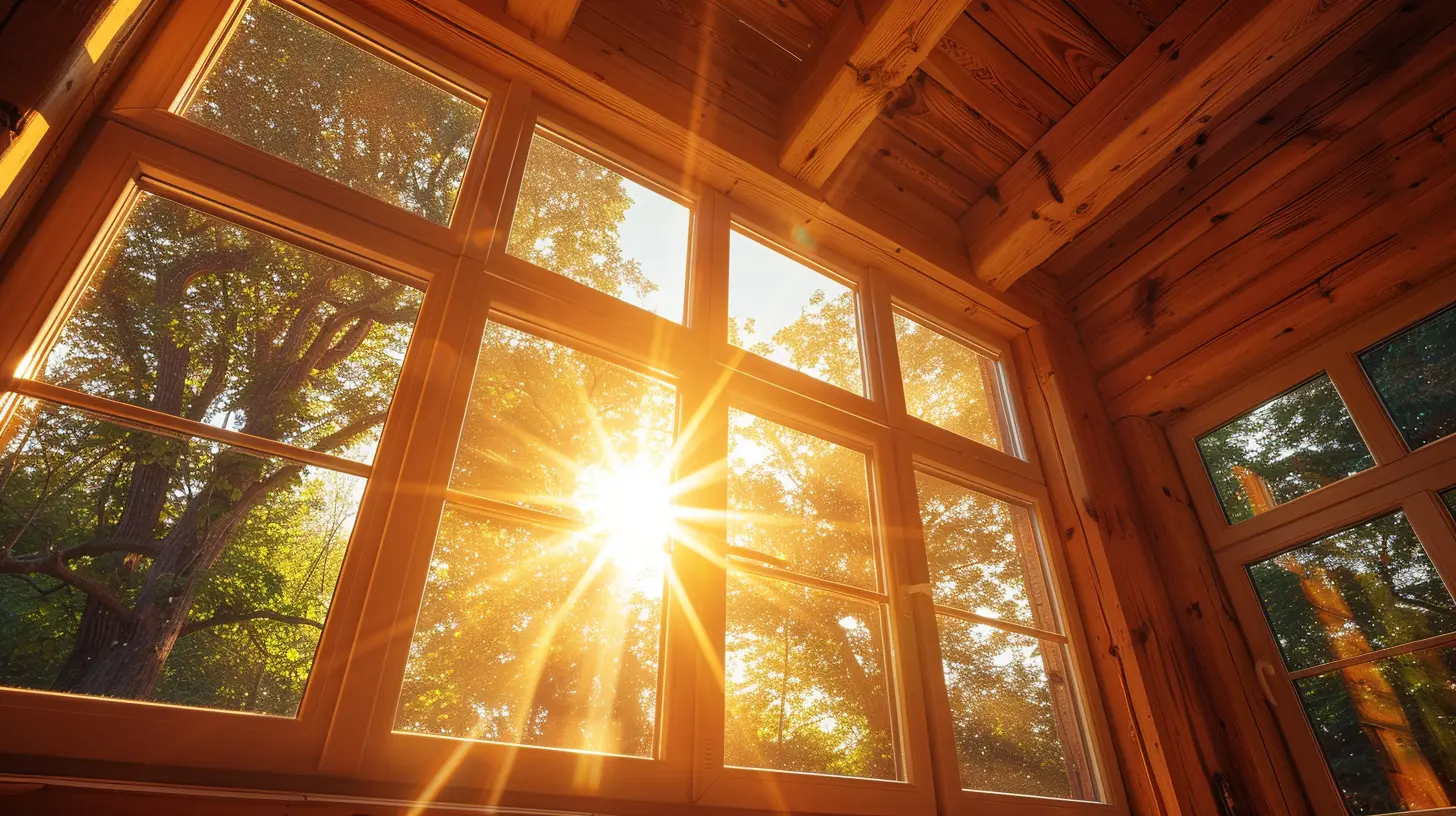
Why Insulation Matters for Energy Efficiency
Insulation acts as a barrier, preventing heat from escaping during winter and blocking unwanted heat from entering during summer. Without proper insulation, your HVAC system has to work overtime, driving up energy bills and causing unnecessary wear and tear on equipment.With traditional insulation, like fiberglass or cellulose, some efficiency is gained, but modern materials are pushing the boundaries of what’s possible. With the right insulation upgrades, homeowners can cut energy costs significantly while reducing their carbon footprint. 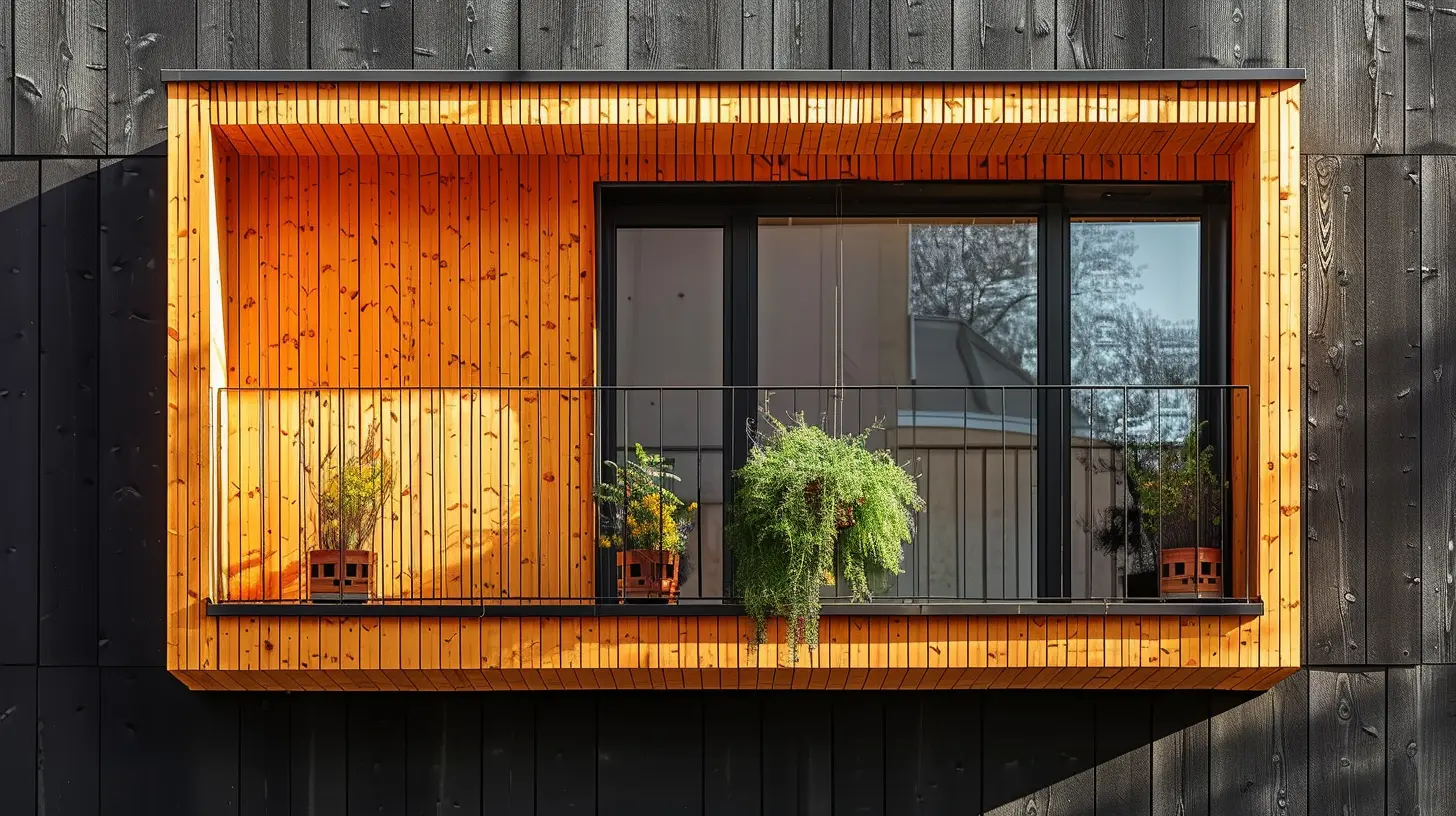
Types of Advanced Insulation Materials
New technologies are revolutionizing insulation with better thermal resistance, durability, and eco-friendliness. Let’s take a look at some of the most impressive advanced insulation materials making a difference today.1. Aerogel Insulation
Aerogel has been called the "frozen smoke" due to its ultra-lightweight structure. Despite being nearly weightless, aerogel is one of the most efficient insulation materials available.Why it’s amazing:
- Can block up to 99% of thermal energy- Extremely lightweight but highly effective
- Hydrophobic properties make it resistant to moisture
Though aerogel is currently more expensive than traditional insulation, its extreme efficiency makes it a long-term money saver.
2. Vacuum-Insulated Panels (VIPs)
Think of VIPs as the insulation equivalent of double-paned glass but taken to the extreme. These panels contain a vacuum-sealed core, offering outstanding thermal resistance in an incredibly thin package.Key advantages:
- 5 to 10 times more effective than standard insulation- Ideal for limited space applications
- Long lifespan without degradation
VIPs are often used in high-performance buildings where space-saving and energy efficiency are top priorities.
3. Phase-Change Materials (PCMs)
PCMs are an exciting innovation in insulation. These materials absorb and release heat as they change between solid and liquid states, helping regulate indoor temperatures effortlessly.How they help:
- Store excess heat during the day and release it at night- Reduce temperature fluctuations, lowering HVAC dependency
- Can be integrated into walls, ceilings, and flooring
PCMs work behind the scenes, naturally keeping indoor spaces comfortable without requiring electricity.
4. Reflective Insulation and Radiant Barriers
Unlike traditional insulation, which primarily slows heat transfer, radiant barriers reflect heat away from the home. These are particularly useful in hot climates where keeping cool is a bigger challenge than staying warm.Benefits include:
- Excellent for attics and roofs to limit heat absorption- Works well when combined with other insulation types
- Can be installed over existing insulation for added performance
Radiant barriers are often used in warmer regions to significantly cut cooling costs.
5. Natural and Eco-Friendly Insulation
Sustainability is a major factor in modern home design, making natural insulation materials an attractive choice. Some of the best eco-friendly options include:- Sheep’s Wool: Excellent moisture control with great thermal performance
- Cork Insulation: Renewable, fire-resistant, and durable
- Hempcrete: Naturally breathable, fire-resistant, and long-lasting
These options provide sustainable insulation solutions without sacrificing efficiency. 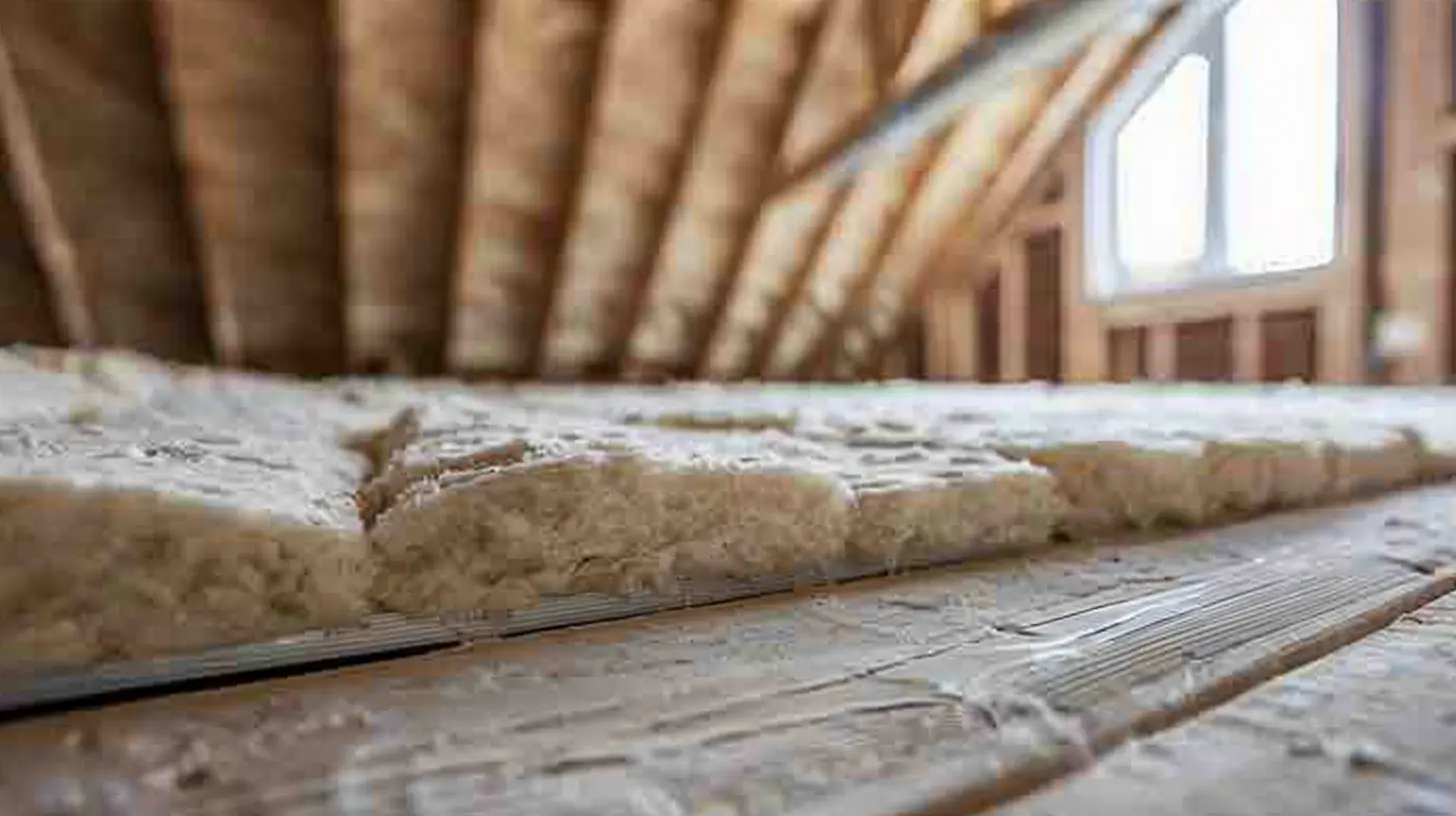
How Advanced Insulation Saves Money
While upgrading insulation may seem like an upfront expense, it's actually a long-term investment that pays for itself. Here's how:1. Lower Energy Bills – Effective insulation reduces heating and cooling demands, translating into significant savings on utility costs.
2. Reduced HVAC Wear and Tear – Since heating and AC units don’t have to work as hard, they last longer and require fewer repairs.
3. Increased Property Value – Energy-efficient homes are more attractive to buyers, often leading to higher resale values.
4. Government Incentives & Rebates – Many regions offer tax credits, rebates, or incentives for upgrading insulation to energy-efficient materials.
The bottom line? Advanced insulation is one of the smartest investments homeowners can make. 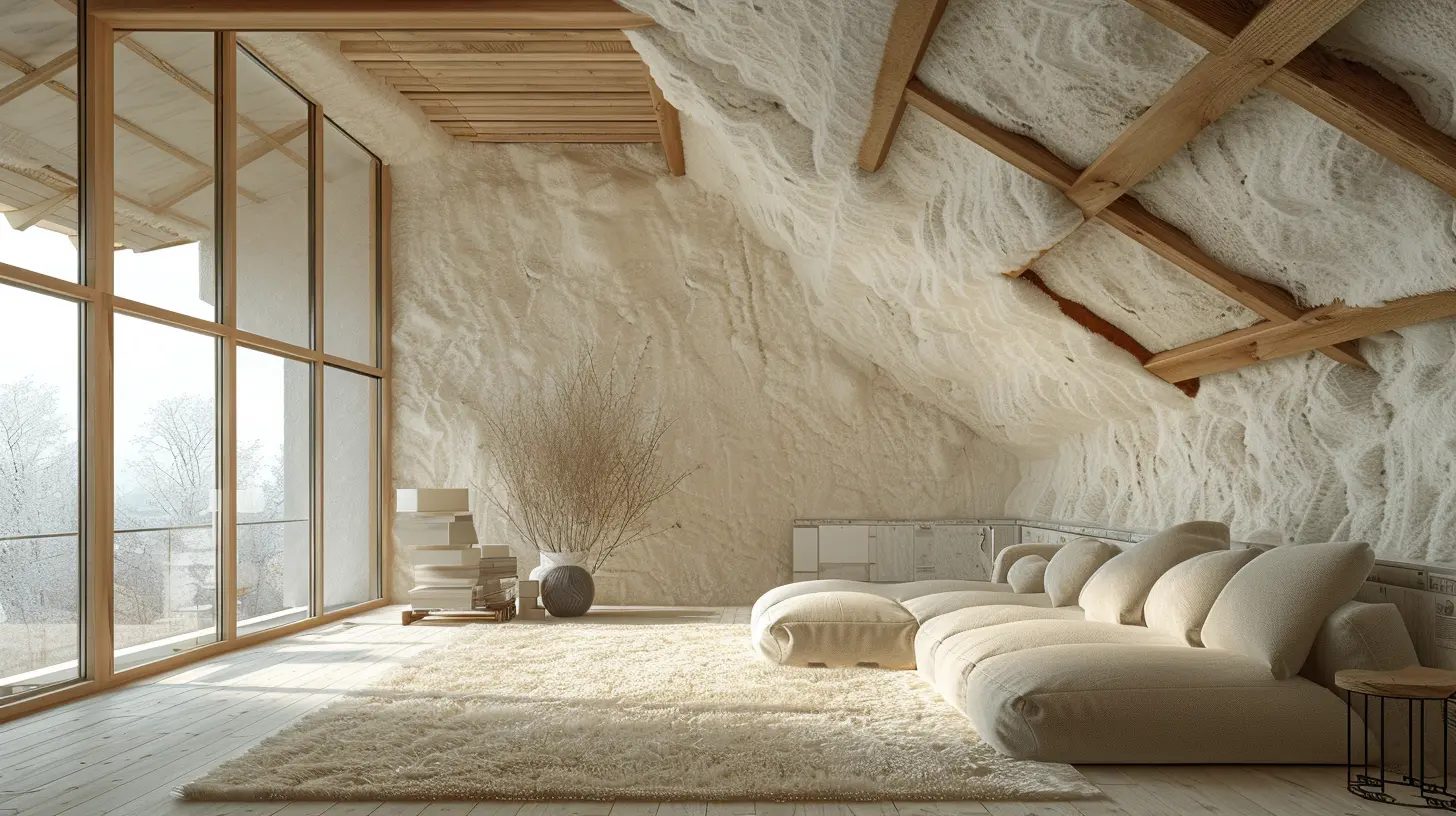
Best Places to Upgrade Insulation in Your Home
Not every area of a home loses heat at the same rate. If you're considering upgrading your insulation, focus on these key areas:1. Attics and Roofs
Since heat rises, poorly insulated attics are one of the biggest culprits for energy loss. Upgrading attic insulation can make a dramatic impact on home efficiency.2. Walls
Both exterior and interior walls benefit from high-performance insulation, reducing heat transfer between rooms and enhancing overall comfort.3. Floors and Crawl Spaces
Cold floors in the winter? Insulating crawl spaces and flooring can eliminate drafts and improve comfort.4. Windows and Doors
Though not traditionally insulated, using insulated window films, weather stripping, or triple-pane glass can reduce heat loss in these critical areas.Should You Upgrade to Advanced Insulation?
If you're building a new home, upgrading insulation is a no-brainer. But even if you're in an existing home, there are plenty of compelling reasons to make the switch. Ask yourself:✅ Are my energy bills consistently high?
✅ Do I feel drafts near walls, windows, or doors?
✅ Does my home struggle to stay warm in winter or cool in summer?
✅ Am I planning to sell my home and want to increase its value?
If you answered “yes” to any of these, upgrading to advanced insulation could be a game changer.
Final Thoughts
With rising energy costs and increasing environmental concerns, upgrading to advanced insulation materials is one of the smartest ways to boost energy efficiency. Whether it’s aerogel, VIPs, or natural alternatives, modern insulation goes beyond traditional fiberglass, offering unmatched thermal performance, lower energy bills, and increased comfort.Insulation might not be the most exciting home upgrade, but it’s definitely one of the most impactful. So, if you’re looking for a cost-effective way to cut energy waste and enhance your home's value, it's time to consider making the switch to advanced insulation materials.
all images in this post were generated using AI tools
Category:
Building MaterialsAuthor:

Travis Lozano
Discussion
rate this article
1 comments
Nyari McQuaid
Great insights! Advanced insulation can significantly reduce energy bills and enhance home comfort. Thanks for sharing!
August 23, 2025 at 4:54 AM

Travis Lozano
Thank you for your feedback! I'm glad you found the insights valuable. Advanced insulation truly makes a difference in energy efficiency and comfort.
